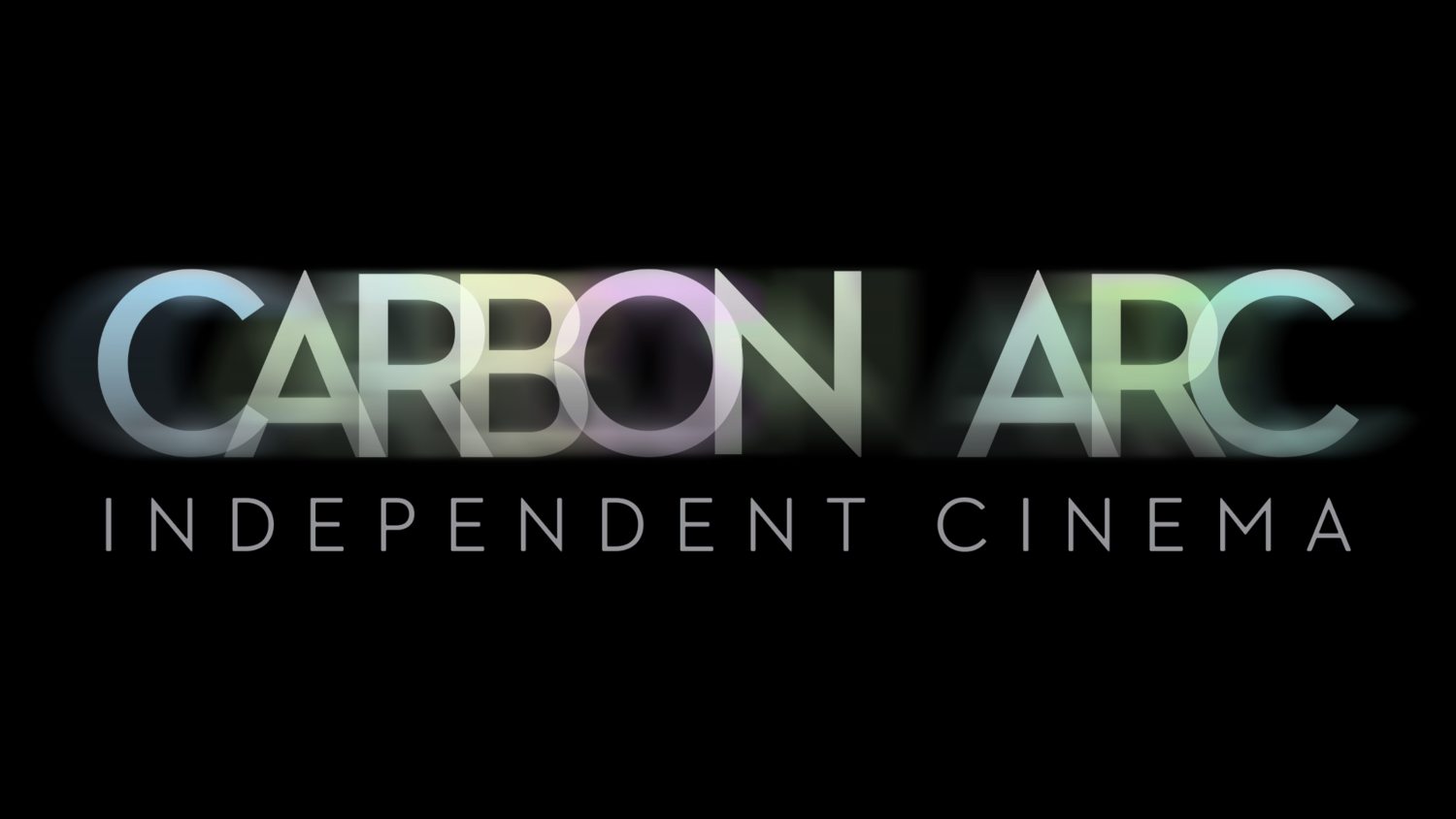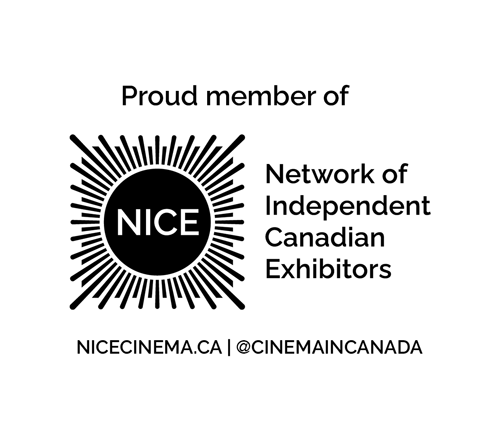"If we opened people up, we'd find places. If we opened me up, we'd find beaches."
So declares Agnès Varda in her autobiographical documentary The Beaches of Agnès. Released nine years ago, when Varda was 80 years old, Beaches seemed to be the final feature film from the French master of cinema, a memoir of her life, love, and art. As our great fortune has it, it was not. Varda is back once more, this time teaming up with French street artist JR, for the documentary Faces, Places, a title perfectly descriptive of the gifts her long career has given us. From the bourgeois couple in a small fishing village in La Pointe Court, to Corinne Marchard wandering the Parisian city streets in Cléo de 5 à 7, to Sandrine Bonnaire's glare of protest as she wanders the French countryside in Vagabond, to her portrait of her lover (filmmaker Jacques Demy) which takes him back to his childhood home in Jacqout de Nantes, Varda has always had a keen gift for intelligent visual storytelling which subtly links her protagonists with their environments.
Varda and JR pose in front of one of their murals.
So, what better subject for her than this? Her and JR roam the country in his camera truck, taking peoples photographs, and blowing up the images to paste on buildings and ruins. Its a simple starting block, through which the pair create a tribute to the fading histories of the people who populate the humble land. On first glance, it may feel slight. Some people in the film are moved to see their image, like the last woman in an old mining town turned into a giant on her home as if she's a defender of the dying community. Others are embarrassed, like a shy waitress, annoyed at everyone who is now taking pictures of her pictures. Fill it in with short, silly bits, like JR pushing a wheelchair bound Varda through the Louvre in tribute to Godard's Band of Outsiders and Varda dancing and singing to "Ring My Bell" on the drive, and you have a fun little documentary.
And it is a fun little documentary. But it is also much more. Varda is sure to include scenes of herself visiting the eye doctor, as her sight, the greatest gift the filmmaker and photographer could lose, fades. Near the film's end, she also includes a visit to old friend and fellow filmmaker Jean-Luc Godard, who bails with a potentially cruel message. "You dirty rat. I liked you," she scowls to the camera, her heart broken. In another moment, one of her favourite images that they displayed immediately fades, washed away by the wind, water, and sand of the beach on which it was posted.
This is how their mission and art works. They choose a piece to display, to try to preserve the history of a place's people, but even that effort will fade. It's also a passing of the torch, though, from the elder Varda, losing her sight, to the nimble young JR, just learning to take off his shades. It's not insignificant that Varda's first co-director is on what will likely be her last film. Hopefully, Varda can pass her wisdom on to him, and to us, to take the time to delight in and ruminate on the faces and places we encounter, no matter how ordinary their beauty. An artist can be like Godard, hermetically sealing himself into a self-absorbed world of art, or like Varda, using her art to form bonds with the world around her. Thank God for the latter.
Part of our AIFF 2017 Review Roundup.





